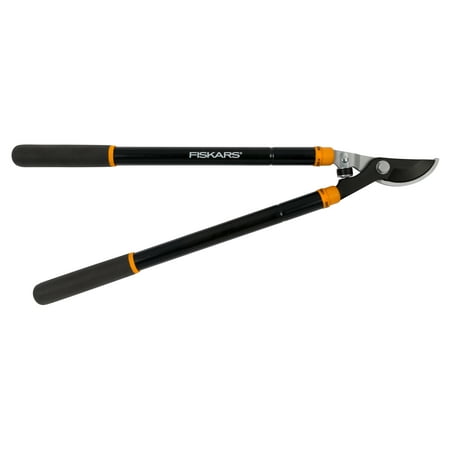How to prune azaleas – keep your shrubs healthy and beautiful
Learn how to prune azaleas with our simple guide to keep your spectacular plants in great shape
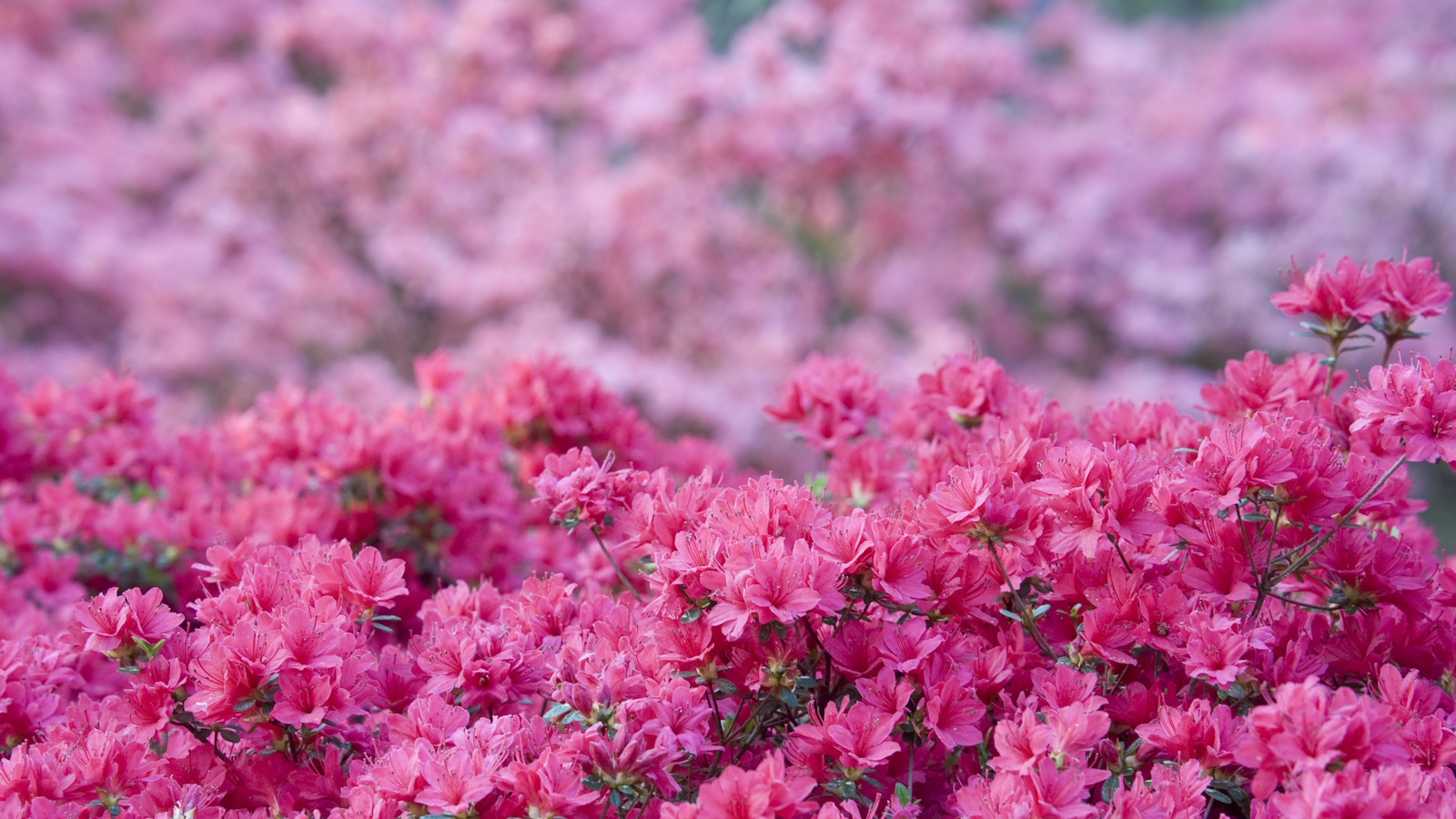

Thomas Rutter
Learning how to prune azaleas is easy and worthwhile. You will be rewarded with healthy plants that continue to bring color to your garden. These popular flowering shrubs are part of the rhododendron family and are prized for their wide range of hues, including warm oranges, yellows, and red, or - my favorite - soft, pale pinks.
It is easy to grow azaleas and to take care of them, making them a very popular choice for gardeners. They can be prone to some azalea diseases though, so knowing the best pruning approach is a good way to ensure your plant stays healthy.
When learning how to prune azaleas, you must first consider that there are two different types. It is therefore important to ascertain which type you have so that you get your pruning approach correct. Here, I share all the information you need to successfully prune your azalea shrubs.

Different types of azalea
When considering how to prune azaleas, you must first determine which of the two types of flowering shrubs you have:
- Evergreen azaleas – also known as Japanese azaleas – tend to be smaller, growing to about 18-30 inches, and include dwarf azaleas. Evergreen azaleas are mostly native to Asia. These tend to be a good option for those in cooler US hardiness zones, as they are hardy.
- Deciduous azaleas are taller, losing their leaves in the fall, with some first changing color from golden yellow to flaming red and brown. Most native to North America are deciduous species.
Once you have determined whether your plant is deciduous or an evergreen shrub, you can then focus on how to prune azaleas.
Deciduous azaleas only need to be lightly pruned to remove diseased or damaged stems.
Evergreen azaleas, so long as they are placed in the correct position with the right soil type, and are well tended to according to the conditions in your hardiness zone, only need pruning either to remove dead wood or reduce their size if they are starting, for example, to grow over a pathway.
Design expertise in your inbox – from inspiring decorating ideas and beautiful celebrity homes to practical gardening advice and shopping round-ups.
'The first rule of pruning evergreen azaleas is to select the right varieties in the first place and plant them where they will do what you want without a lot of pruning,' is the advice from The American Rhododendron Society.
How to prune azaleas

Azaleas have been popular since the days of Victorian garden design – and it's easy to see why with their vibrant, beautiful blooms. Follow these steps for pruning azaleas to keep them looking their best:
- Using clean, sharp tools, such as these Felco pruners from Walmart, carefully cut individual branches.
- Cut back any branches that have outgrown the shape of the plant you are looking to create, for example, keeping a domed or weeping shape.
- Cut the branches off to a natural spot so that they will regrow in a nice shape.
- Remove dead, damaged or crossing shoots – damaged branches beyond the point of break and above a leaf, and dead branches at their origin.
When to prune azaleas
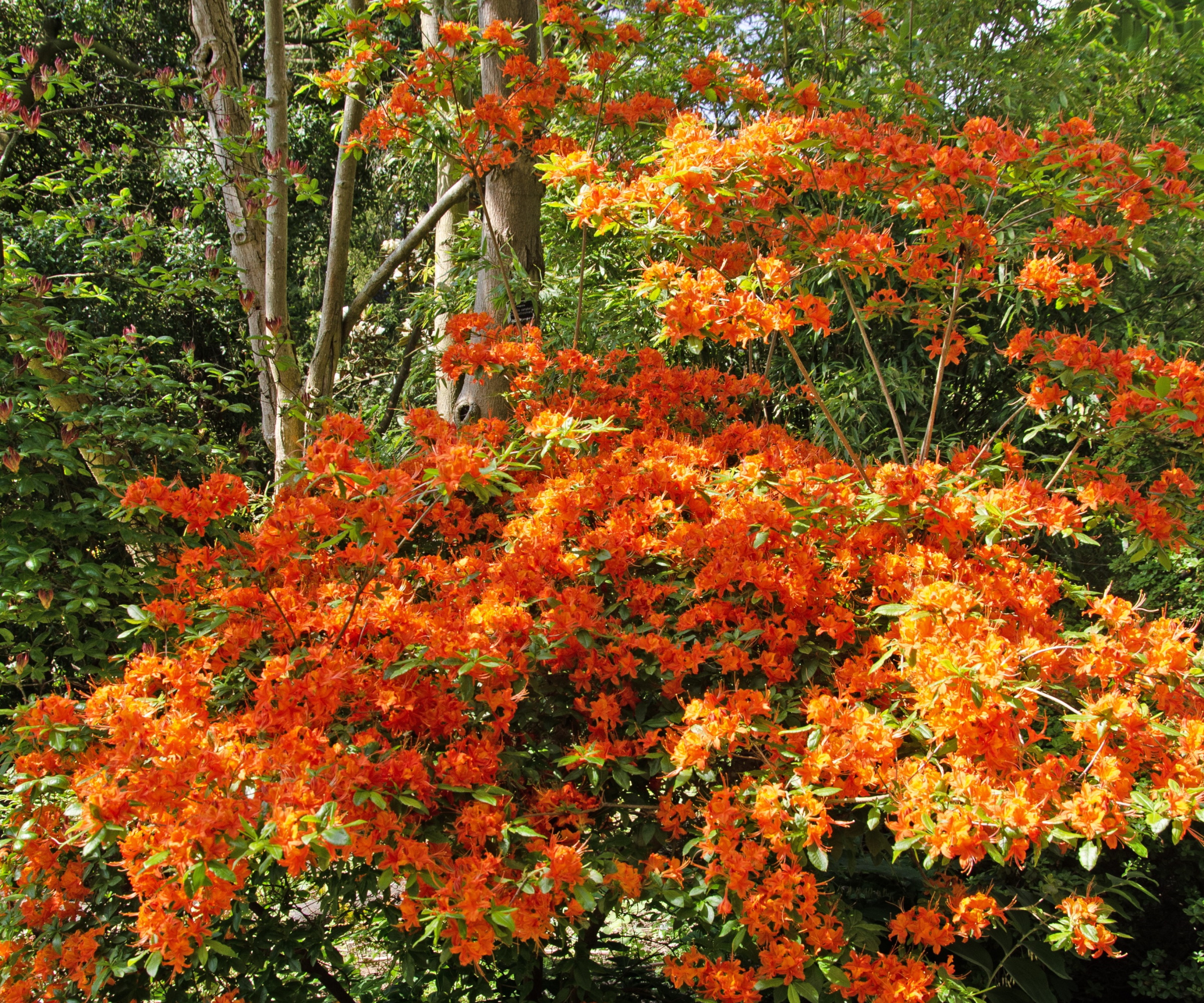
Knowing when you should prune azaleas will depend on the type that you have, as outlined above.
You should lightly 'prune evergreen azaleas immediately after the blooms have faded in spring', advise the experts at Wilson Bros Gardens. Lightly pruning after flowering will not shock the plant and will remove any diseased material.
You can also prune deciduous azaleas at this time should you need to, but they will not have as vigorous growth as evergreen varieties. Be warned, you should not prune any azaleas at the end of summer or in fall, 'because you want to avoid cutting off fall-produced flower buds that will be next spring's blooms,' they continue.
Pruning azaleas should therefore stop by mid-summer. Heavy pruning of azaleas should be done in late winter and early spring – see tips on rejuvenation pruning below.
How often should you prune azaleas
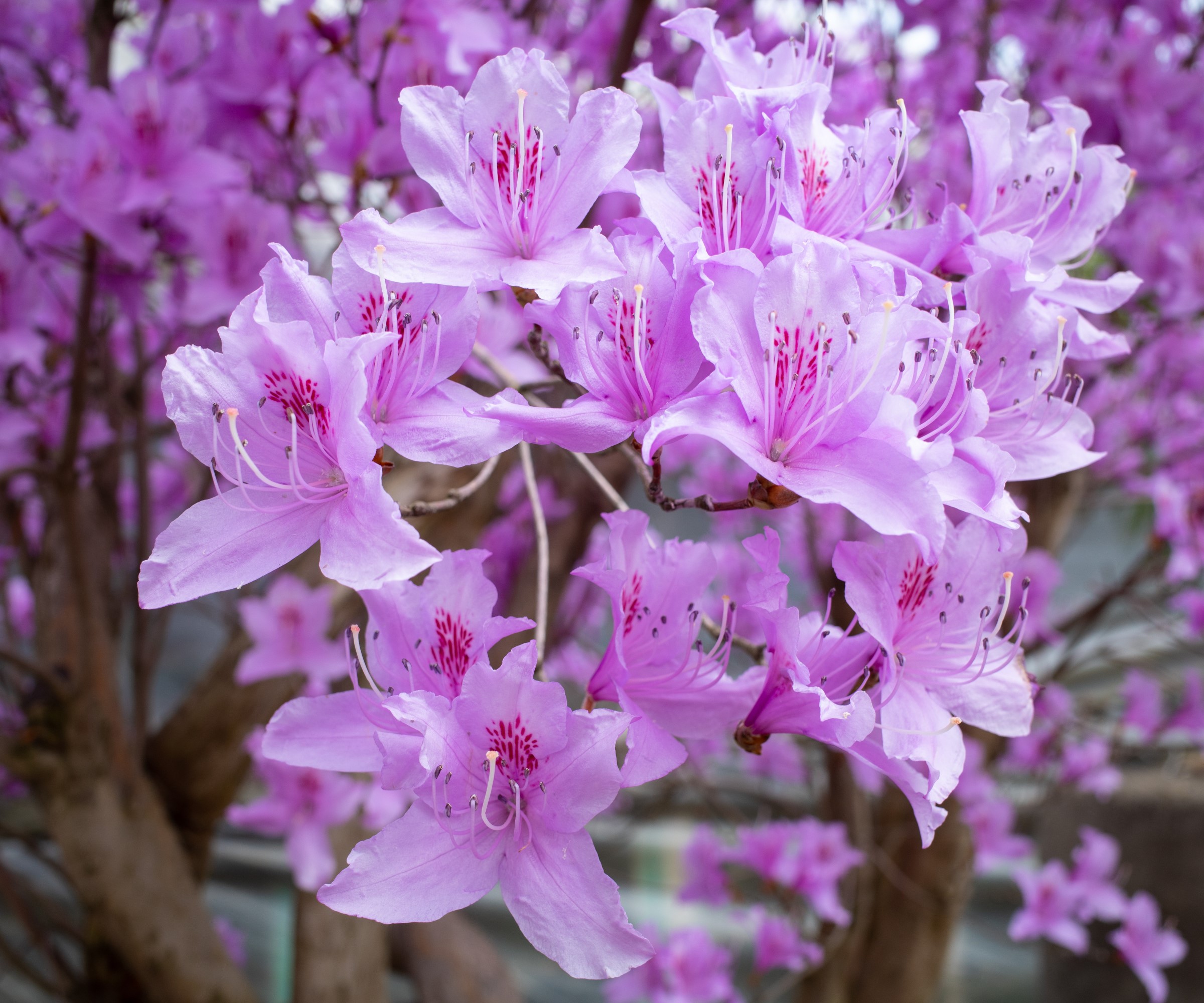
Light pruning of azaleas after flowering can dramatically improve the habit and shape of your azalea plant. Annual light pruning once a year, done after flowering, should be enough to keep your shrub looking its best. I would advise against cutting too much too often, unless you need to, for example, if you want to rejuvenate an old and messy shrub.
Pruning to revive old azaleas
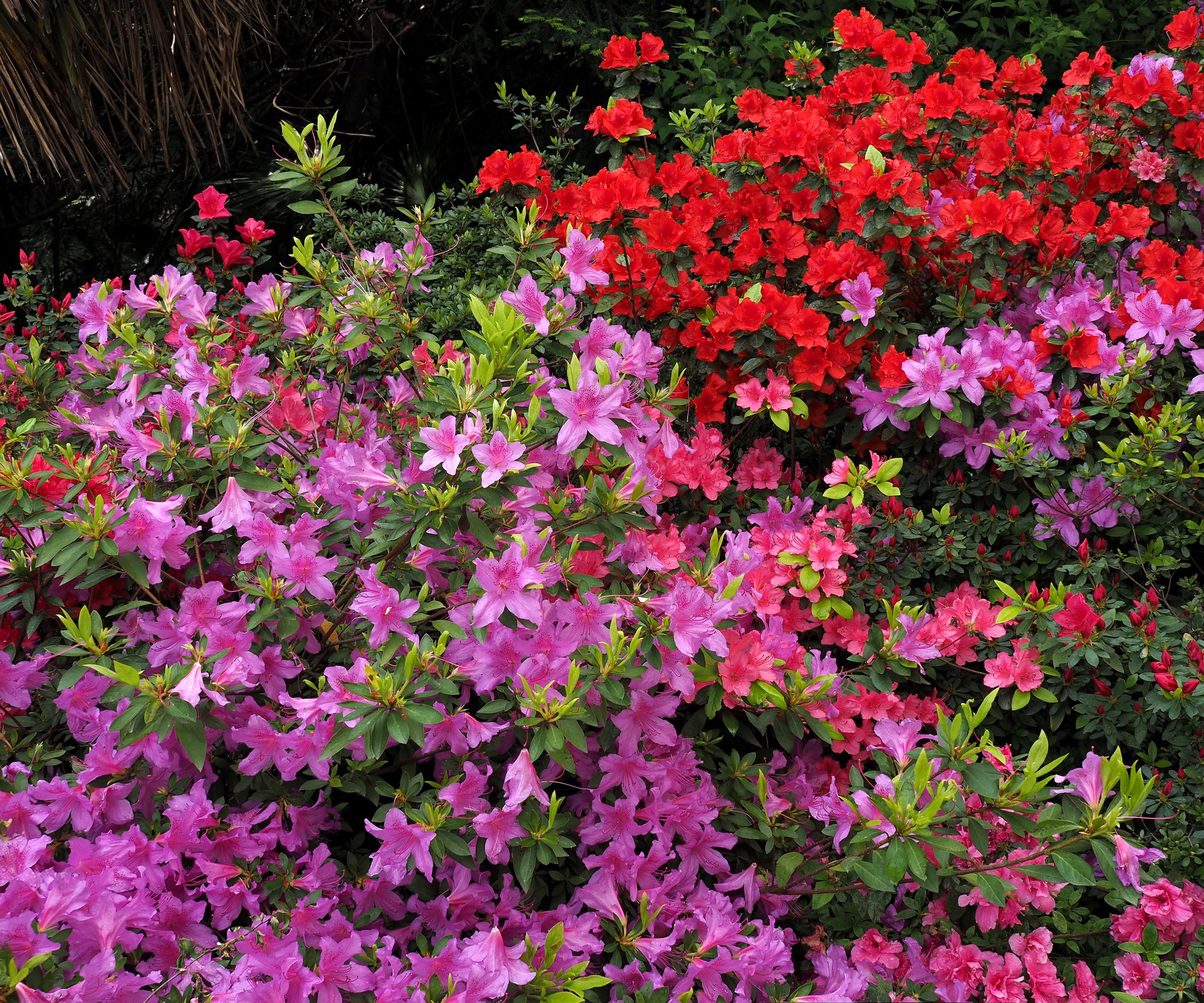
How far back you can trim an azalea will depend on how large and old it is. If you have an azalea plant that is in good condition it may require little or no pruning. If you want your plant to grow large, especially if it is a shrub for privacy, avoid pruning it too much, and just stay on top of any diseased-looking material.
However, if it is old and unkept, or has grown out of control, sometimes radical action and heavy pruning may be required. Bear in mind that your azalea may not flower the following year if you give it a heavy chop. It will be worth it, though, if an old shrub past its best is then transformed back into a young, healthy and well-shaped azalea in future years. Believe me, reviving an old shrub back to good health is a gardening joy!
Here's some top tips on how to prune azaleas to rejuvenate them:
- Cut the branches back to about 12 inches above the ground.
- Once the plants have started to regrow, prune the end of any strong growing new upright shoots back to six inches to encourage the plant to branch and put out new, bushy growth. While this might take some time, it will be worth it.
- You can spread the rejuvenation pruning of azaleas out over several seasons if you want, adopting a more gradual approach, by only pruning 1/3 of the bush per year for three years.
FAQs
How hard can I prune azaleas?
You can prune azaleas back hard, but it may affect their ability to produce flowers the following year. This course of action might be necessary, however, to stop one from taking over your bed or border or stop it crowding or shadowing other plants.
How hard you cut an azalea back will depend on how large and how old it is. Larger, older azaleas can be cut back harder than smaller plants.
Will azaleas grow back if cut down?
Azaleas will grow back if cut down with the method used for rejuvenation pruning, as above. You need to make sure that you do this at the correct time of year, in late winter or early spring, before the growing season, so that the plant will produce new growth.
Once you have finished your pruning jobs, it is a good idea to learn how and when to fertilize azaleas. This is important, particularly after a heavy prune, as feeding with nitrogen fertilizer can help your azalea produce plenty of leafy and green stems.
Rachel is senior content editor, and writes gardening content for homesandgardens.com, Homes & Gardens magazine, and its sister titles Period Living Magazine and Country Homes & Interiors. She has written for lifestyle magazines for many years, with a particular focus on gardening, historic houses and arts and crafts, but started out her journalism career in BBC radio, where she enjoyed reporting on and writing programme scripts for all manner of stories. Rachel then moved into regional lifestyle magazines, where the topics she wrote about, and people she interviewed, were as varied and eclectic as they were on radio. Always harboring a passion for homes and gardens, she jumped at the opportunity to work on The English Home and The English Garden magazines for a number of years, before joining the Period Living team.
- Thomas RutterContent Editor
